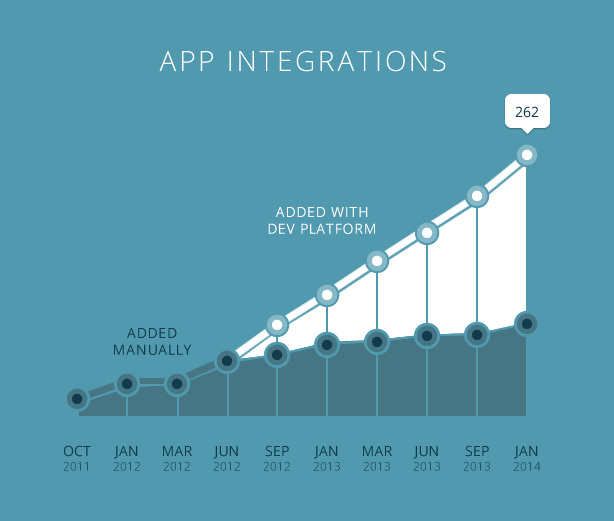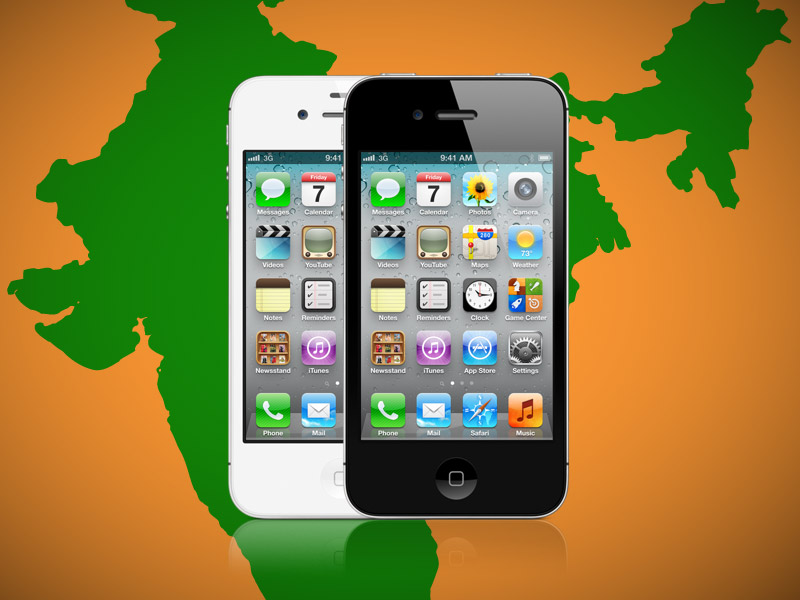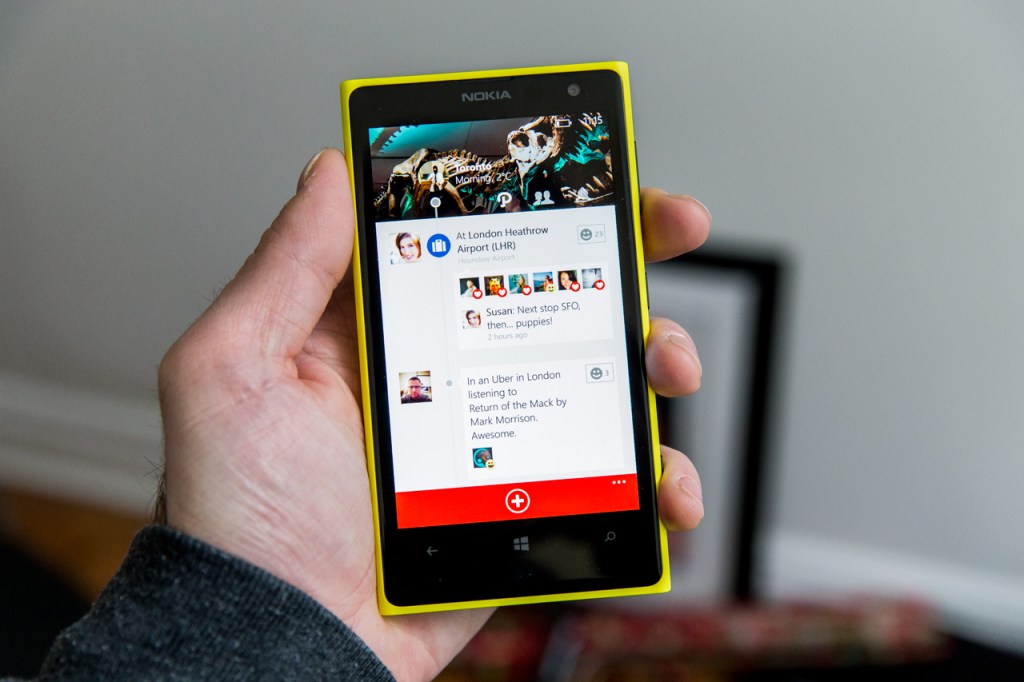
Zapier, a platform for connecting apps to automate tasks, has been constrained to some extent by the limitations for integrating third-party services. That has changed with Zapier’s update to its developer platform that the company announced this week.
The change is noteworthy for, if nothing else, how it opens systems so apps can talk to each other and data can be exchanged to enable people to get their work done more easily. Connecting apps also helps decompose entrenched, on-premise technologies. The data can be pulled out and used in ways that were not possible before.
Zapier is one of those services that turns a trigger into an action. For example, you can use Zapier to get a notification when a web page gets updated. A photo sent to a social network can also be delivered to a Dropbox account using the service.
Now any service with an API can be added to Zapier. Furthermore, Zapier can also now do multiple API calls for each trigger or action. That opens the possibilities for businesses to use the service to connect information from multiple departments such as sales and finance.
Zapier currently has 262 services that can be connected. Gmail, MailChimp, Dropbox and Salesforce are some of the services it offers. Last August, Zapier launched its developer platform. Since then, 141 services have been added. Over the past six months, the Zapier team rebuilt the developer platform with Backbone.js to make it faster for people to use.

The new platform has two major new features, said Zapier Co-Founder Wade Foster in a phone interview this week. Until now, only services with specific authentication capabilities could be added to Zapier. These were sophisticated apps such as Google Docs and Twilio that had fine-grained authentication features.
Zapier has now engineered the new platform to allow the most common API authentication methods out of the box. That opens a huge landscape of apps that have APIs but do not necessarily have the authentication requirements needed for integration into the Zapier platform. It means a developer or even non-coder can add any services that have an API. These can be made publicly available or used internally for connecting different on-premise environments such as CRM and ERP systems.
In this example, Etsy is added to the Zapier platform:
A scripting engine that sits in front of the API for connecting services is also available, Foster said. This allows a developer to pull data from multiple sources. That’s opposed to traditional APIs that just connect two points. With the new capability, a service can call multiple apps and return information that draws from the different services or data sources.
For example, invoice data and customer sales contact information may be in two separate silos. With the new features, a developer from Zapier can access both through one API.
For too long, IT has been a maze of data silos. With Zapier, IT now has a new capability, said Chris Dancy, who works in the CTO’s office at BMC Software. It means someone can connect SAP and Oracle data, opening all kinds of possibilities. A lot has been made of “Shadow IT,” which has helped with the rise of SaaS and the ability for anyone to get their work done with ready-to-use services.
There’s a need for more ways to connect disparate forms of information so people can connect in new ways. Zapier’s developer platform is an example of how close we are to having ways to connect data sources that before would have required a team of engineers to do a custom integration that not only would have cost millions but most likely would be pretty much useless, too.
We are now witnessing a new fabric emerging, consisting of data networks that are connected via APIs. The next step is ease-of-use, which means better API design and the ability to do instant data analytics that gives the everyday joe the ability to create their own recommendation engines and connected networks that have traditionally been the domain of developers. Welcome to the age of Inception IT.
(Feature image via Flickr)
Disclaimer: I do a podcast with Chris Dancy and Wired writer and TechCrunch contributor Klint Finley. We talk about cyborgs and APIs.






















